When Chicks Outgrow Their Home
This guide on what to do when your chicks outgrow their home will help you with the next stage of their housing and care.
Raising chickens that are confident begins when they are small, and giving them the best housing is a good way to help them adjust more comfortably.
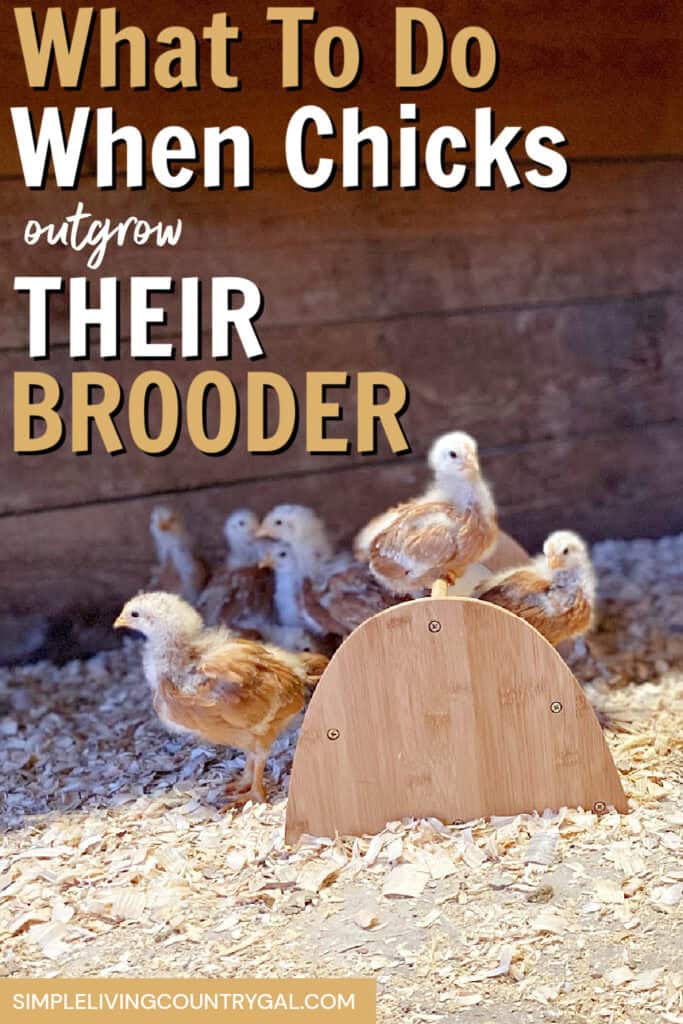
When I brought home our very first baby chicks, there was one thing I was just not prepared for. How quickly they would grow.
Baby chicks grow fast. I mean, really, really fast.
And that makes perfect sense to me now since basically, their only job this early in life is to eat and cheep (is that even a word?) and eat some more.
So what do you do when your chicks outgrow their home?
Before you bring your chicks home, you will need to have a brooder setup and ready for them. A brooder is a small temporary home that is heated and well-protected to keep chicks safe as they grow.
I prefer to use a cardboard box as a brooder for our chicks. I find it is easy to setup, maintain, and hold up as our chicks grow.
You can choose the best depth for you, just know the lower the sides the better the chance your chicks may hop out.
The Purpose of a Chick Brooder
The brooder plays an important role with your baby chicks.
- It will keep them safe – Baby chicks are very fragile so a brooder will keep them protected.
- It will keep them warm. Baby chicks need to be in a very warm brooder. Start at 95 degrees and leave it there for a few days. Next, the temperature should be decreased by 5 degrees every few days until it matches the outside temperature.
- It will feed and water them – It is easier to monitor how your chicks are growing when they are in a small, enclosed area.
- Bonding as a flock – A brooder is close quarters, and your chicks will sleep literally on top of each other. This will help them to bond as a flock.
If you want to know what to include in a new chick brooder, you can get our list here: BABY CHICK SUPPLY LIST
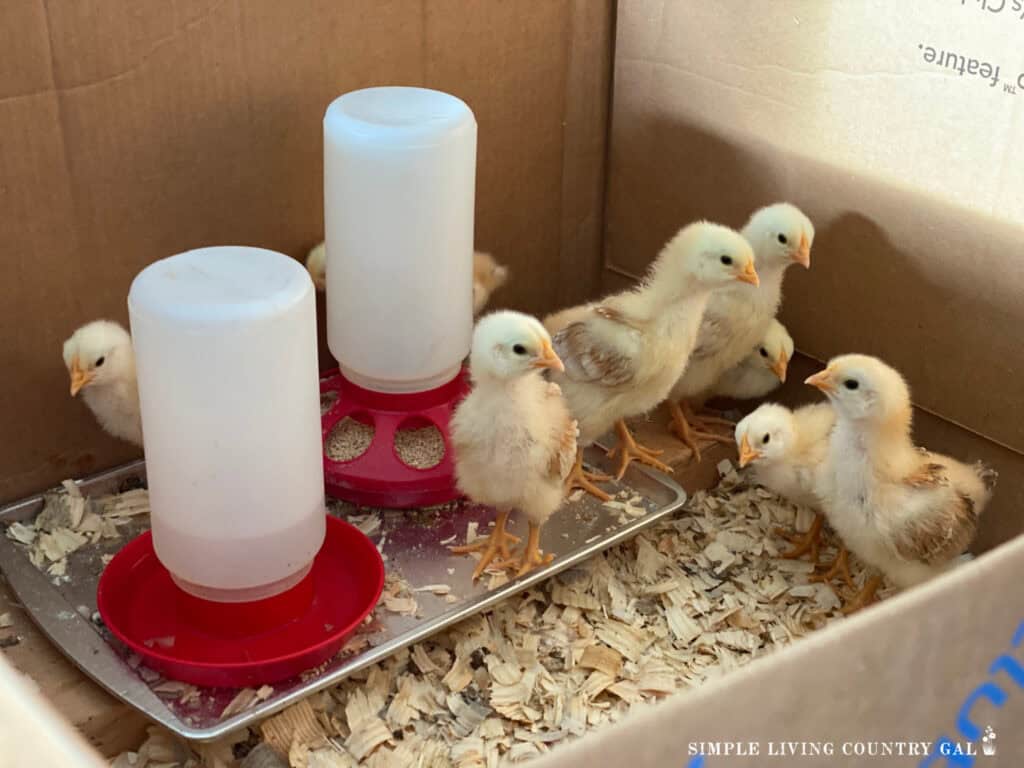
Before we dive into the new setup, let’s review just how to house your baby chicks.
Tip #1: Choose a good container
Your best option is a cardboard or wooden box with high sides to keep your chicks better contained.
By using a container of cardboard or wood you will ensure it has a bit of a rough surface that will allow your chicks to walk without feeling they need to “grip” the floor to keep from slipping.
Tip #2: Put in a nice layer of bedding
I suggest putting down a layer of newspaper and a layer of bedding on top of that. We use wood shavings, being sure it is not cedar.
SLCG Pro Tip: Be aware that you will need to clean the bedding daily, even with very small chicks. This is not necessarily a full cleanout of their brooder, but at the very least, you will need to remove the soiled bedding and add a fresh layer.
Chicks, even tiny ones, are dusty, and dust can quickly cause respiratory problems in a little chick.
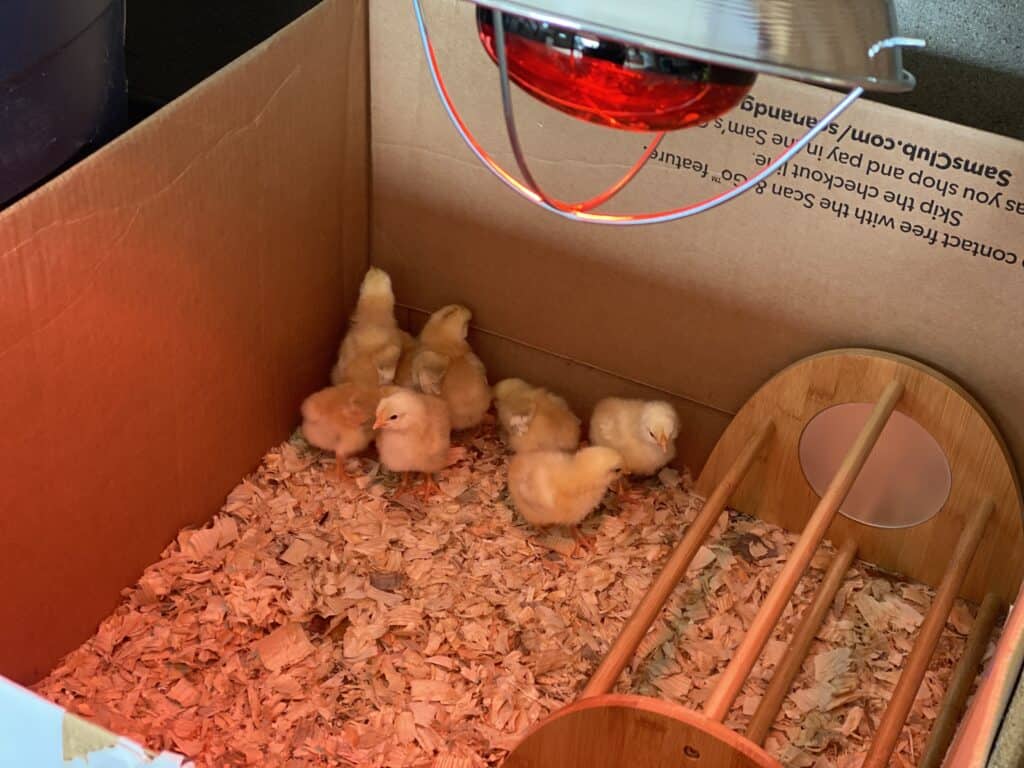
Tip #3: Include a lid
Little chicks can jump much higher than people think, so a lid is essential to keep everyone inside where they are safe. The best way to do this is to put a “lid” on your brooder setup.
What can you use as a lid:
- A window screen
- Piece of chicken wire
- Piece of plastic netting
Whatever you choose, be sure it allows for adequate air flow.
Chicken Care Calendar

Tip #4: regulate temperatures
One of the most important jobs of a brooder is to keep chicks warm. Use a thermometoer to ensure that the temperature is where you need it to be.
You can use heat lamps to keep the temps warm and consistent.
Please be very, very careful if you choose to use a heat lamp. These lamps get very hot, and there is a fire risk if not secured correctly. Use care, and be sure your lamps have a protective guard and are always secured.
Follow this temp routine for chicks:
- Newborn: Keep chicks at 95°F for the first week.
- Chicks 1–10 weeks: Decrease the temp 5°F per week until the temperature matches the coop temp or a minimum of 55 degrees.
This will help your chicks acclimate to the outside weather more easily and better prepare them for the big move to the chicken coop.
Tip #5: Provide fresh water and food daily
It is important to keep water and food clean from debris that can easily fall in with active chicks. I have found the easiest way to do this is to elevate the waterer and feeder up a few inches from the main floor.
You can easily do this by placing the water and feed up on a small wooden block. The extra few inches will keep the chicks from pooping in their water and feed bowls and will also keep bedding out at well.
Be aware that even if you elevate your feeders they will still need to be cleaned out twice a day.
In our brooder, we like to use small feeders and waterers for our chicks. They are inexpensive and will last for years.
winemana Chick Feeder 1 Lb and Waterer 1.5 L Kit, Hanging Poultry Plastic Containers for Outdoor (Size: 7

Tip #6 You can install a roost, but it is not necessary
Roosts are not a necessity this early but it is a great way to keep your chicks entertained. It will also help them to learn how to get their footing early on.
Just a small stick or branch that is raised up off of the ground, or you can a small roost one to use.
Chick step-up Coop
If your chicks have outgrown your brooder but are not quire ready to go into the big coop, you can do an inbetween housing. We had to do this one year due to poor timing, but found that this “step-up” coop really helped our young flock to acclimate more comfortably.
Now, we do a step-up coop every year for our growing chicks.
Options for a Step-Up Coop
- A stall in a barn.
- A shed.
- A separate shelter.
We use a stall in our barn and it works perfectly for our chicks.
#1. Have enough space
The purpose of this step-up coop is to house your chicks until they are ready to go into the main coop. Be sure it has enough space for your quickly growing chicks.
Baby chicks will need approximately 2 square feet each when they are very small but you will need to increase that as they grow. I would plan on about 3-4 square feet per chick for their temporary housing.
Grown chickens require 10 square feet if they are mainly kept inside the coop. If they are free-ranging you will not need nearly as much room.
#2. Protection
Usually, the step-up coop is outside of the home and a more permanent option. As long as you have adequate protection for your chicks they will do just fine out and away from your home.
The best thing to use is chicken wire. This seems to work great to close any gaps while still allowing you to see in and observe your flock.
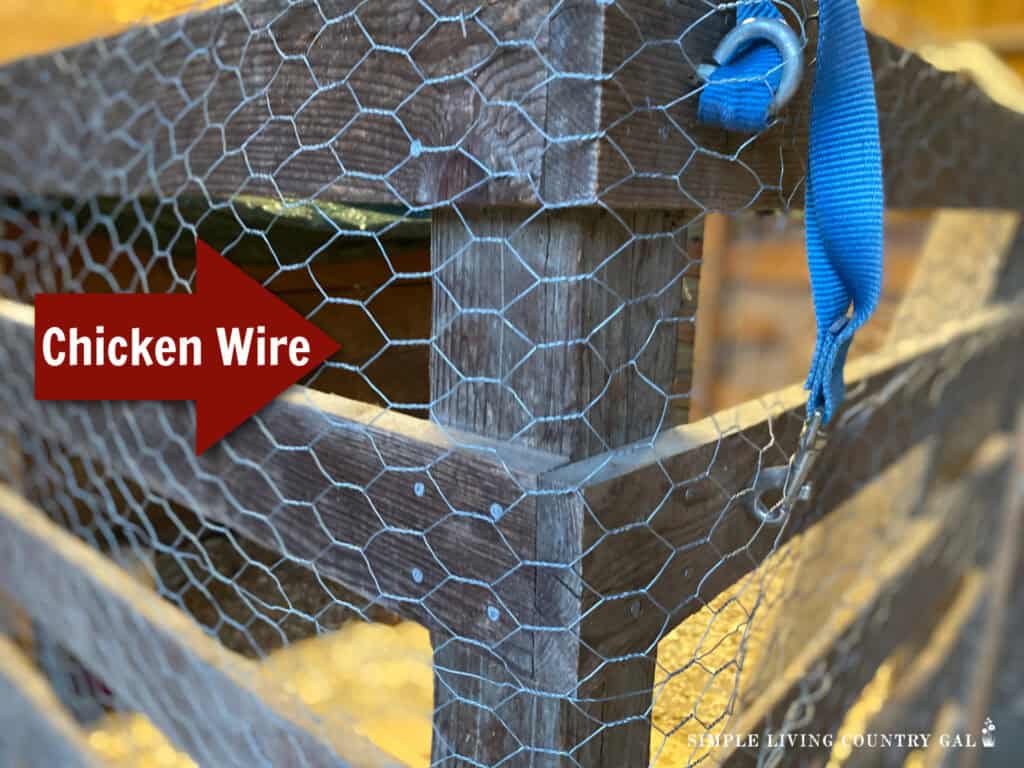
For our coop, we used chicken wire to cover all the open areas being sure to secure the ends with fencing nails.
The chicken wire will also allow for good air flow helping your chicks to bring in clean fresh air.
#4. Have a spot for food and water
You can purchase a chicken waterer for your coop or DIY your own.
DIY chick waterer
- Cut a hole in a milk jug or another large plastic drink container.
- Keep it straight at the bottom and rounded at the top.
- Remove any sharp edges.
- Ensure the opening is large enough so your chickens can reach the water but not so big that they can get inside and risk getting stuck.
Place the water jugs on top of cookie racks that are on brownie tins. This really keeps the mess under control. You can also add a few clean rocks to the jugs to help keep the splashing down to a minimum.
#5. Make sure it is easy to clean
It is important to keep things clean so your chicks stay healthy. I had tried other temporary chicken coops and found them so hard to clean.
The trick is to have a way for you to access the coop area easily. I usually just let them out to explore as I am inside, cleaning things up.
Don’t worry about them wandering too far off. Usually, they stay close by since their home is their safe place. But to be on the safe side I would close any doors or put up a few temporary boards if needed.
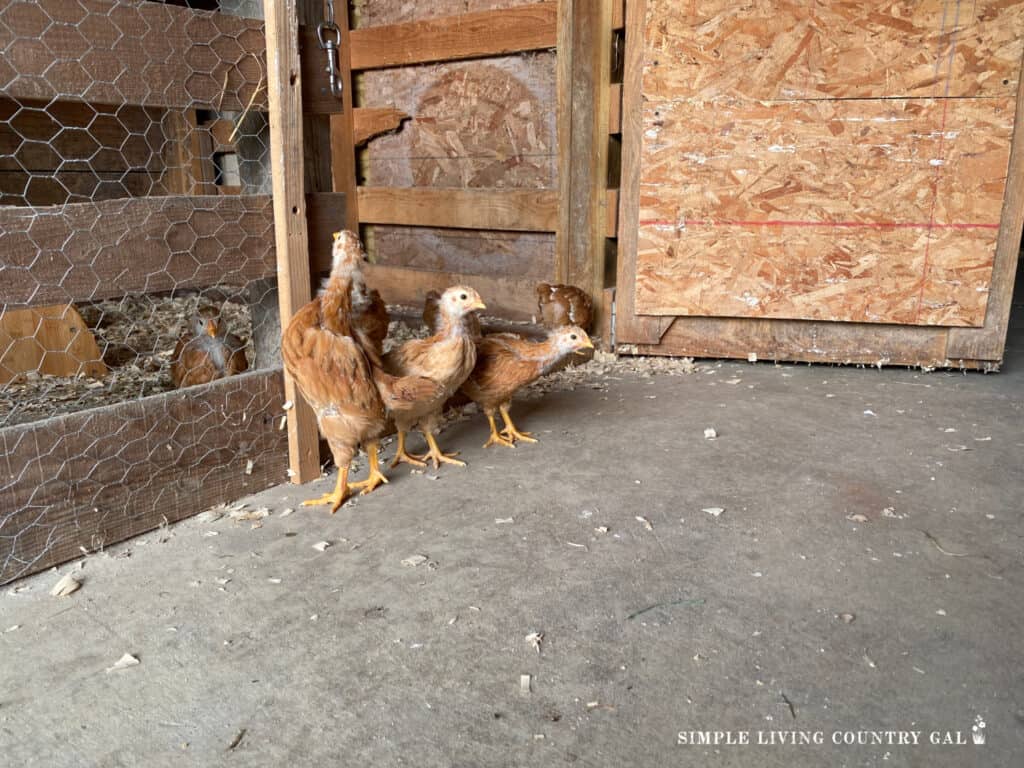
#6. Keep things warm as the chicks adjust
If the weather is warm out, you will not need to add any artificial heat to your step-up coop. If, however, the weather is cold, you will want to have a way to heat the coop area.
What can you use to heat a coop:
Remember, when using any artificial heat in a coop, do so at your own risk. Take all necessary precautions to ensure your coop is safe. Heat lamps are one of the top causes of barn fires, so please make sure yours is used safely.
#7. There is a door
Letting your chicks outside to explore and play in the grass is a great way to get them used to the world and to you. A few minutes out while you are cleaning, feeding, and watering each day is enough to help them acclimate to the outdoors.
Remember to keep a close eye on your chicks so they are always safe.
How long will your chicks be in this new housing?
Until you are ready for them in the coop. Usually, most chickens will begin laying their first eggs anywhere from 5-7 months old. It is best not to put them into a coop with older hens until they are old enough to fend for themselves.
We purchase new hens every other year. This ensures that we are always at peak egg production. Most hens will lay eggs consistently for 3 years then begin to taper off. Since we sell our eggs to offset our farm’s feed costs it is important that we always have a reliable steady supply.
For that reason, we are always bringing fresh young layers to replace our older hens.
One last tip. Be sure to check your chicks daily for any signs of distress or injury. As always our animals depend on us for the best care, so watching for any signs no matter how small will help you stop things before they get out of hand.
Having a step-up coop for when your chicks outgrow their home is a great way to raise a bonded and hardy flock. Use this space to give your chicks more time to grow and acclimate to the weather before you move them into the main coop.
More Chicken Care Reads:
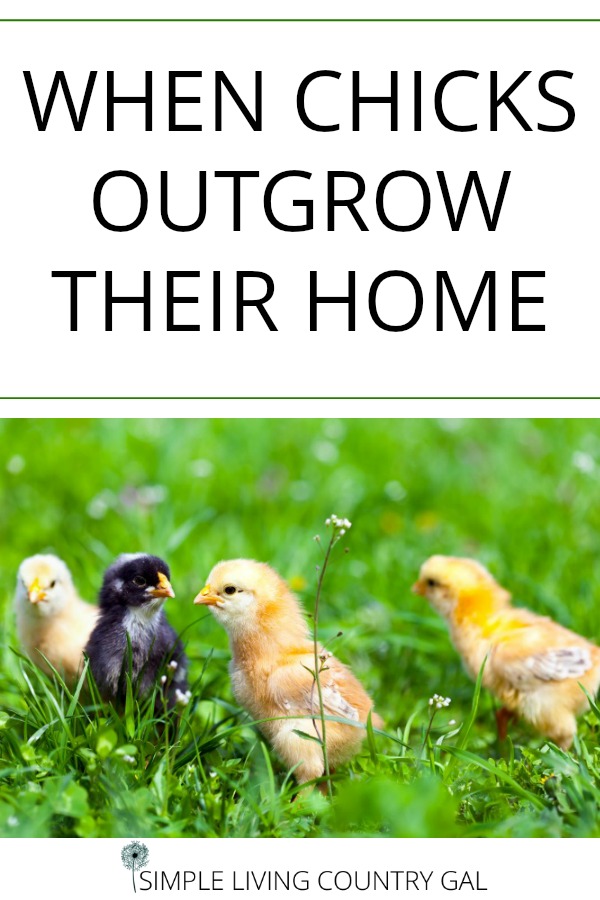

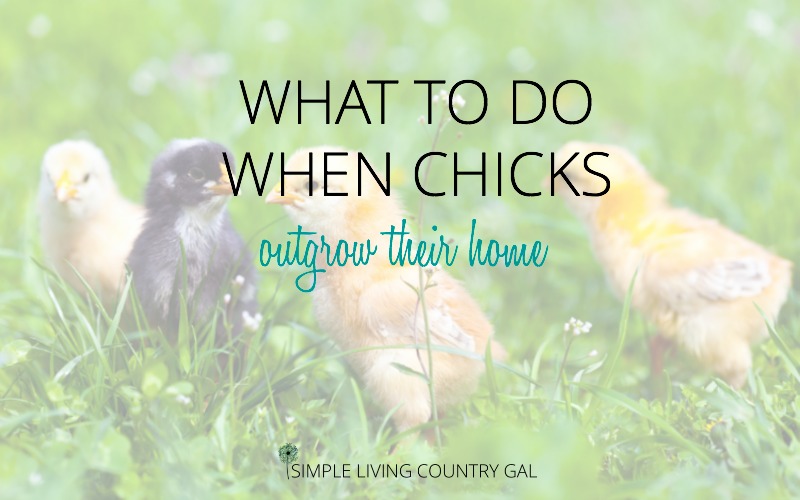
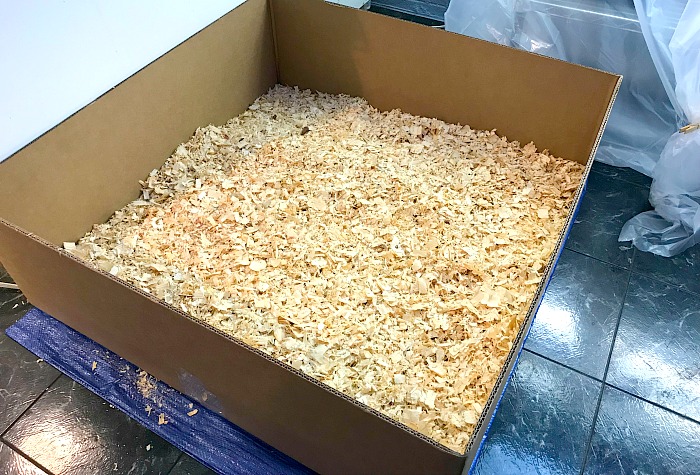






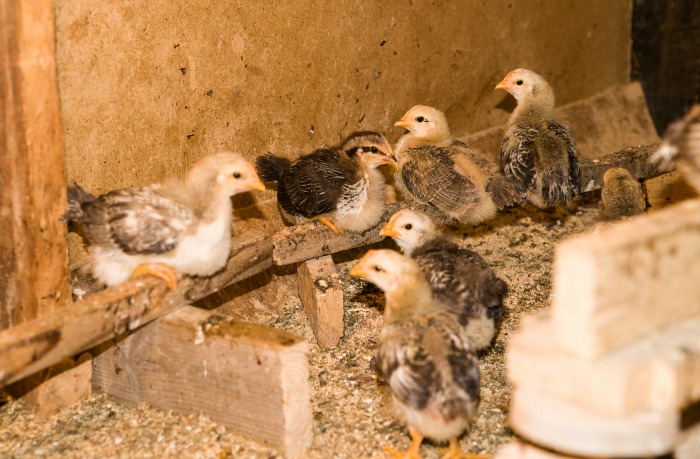
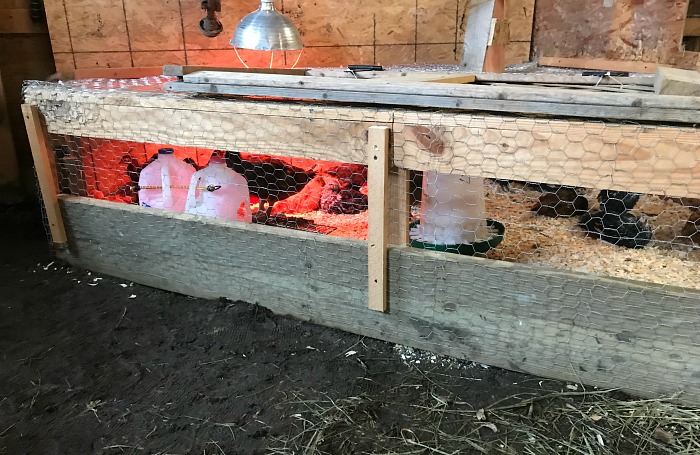
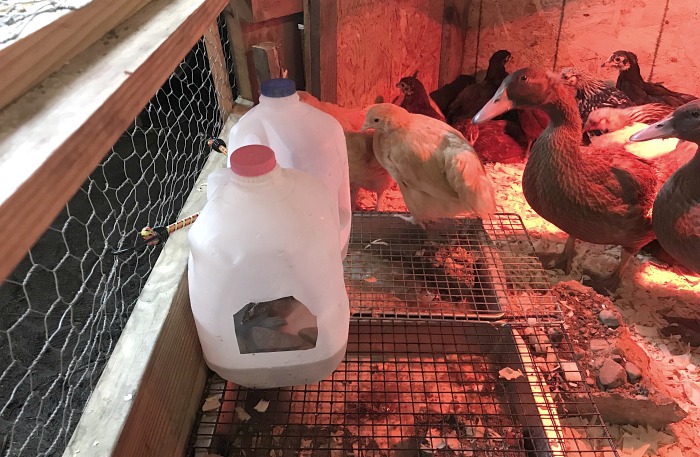
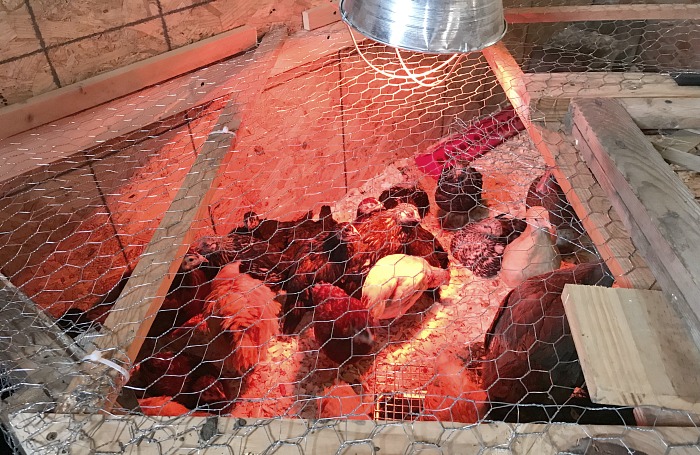
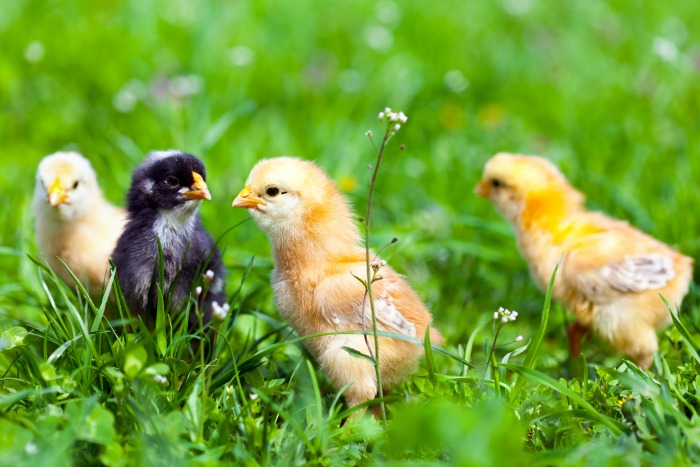
Very nice article, however, I think a lot of us hope that ‘replacing’ your old gals with fresh new ones does not mean you are discarding or killing them because their lives are no long of value. These old gals deserve a quiet loving retirement, for all the $, love and entertainment they have provided you and your family, but otherwise a wonderfully, informative article.
I understand your concern but please, in turn, understand why we homestead, and that is mainly to raise our own food. In this case, yes, our chickens, pigs, cows and other livestock are most definitely our food. To justify this we work very hard to give our animals a loving and healthy environment for their entire stay on our farm. This is more than they will possibly get in larger institutions and because of that, I feel that they are living a much better life in our hands. Retiring animals is just not realistic nor is it the purpose of any farmer or homesteader.
I want you o get chickens but I’m wondering if using a cardboard box is the best option, is it okay to use a cardboard box?
I use a cardboard box for the chicks only, as they grow you will need to come up with something more durable. You can use a box until they are about a few months old. It all depends on the breed, how many you have in a box, and how quickly they grow.
I hope this helps!
Tracy Lynn
When you move the chicks to their new temporary home around 6 weeks, are they inside or outside??
Hello, Tori!
It all depends on the weather really. If your chicks are at room temp, meaning you have decreased the brooder temp by 5degrees each week until you reach outside temps, then yes. I would still keep a source of safe heat out there to ensure they are warm enough. If not, then I keep them in longer until they are better able to handle the outside weather. I know, not quite the answer you may have wanted, but cold can kill young chicks so it is important to ensure they are warm until they are old enough to handle the weather at night.
Tracy Lynn
Should we wait to move chicks to coop when they grow their real feathers? And will they still need a heat lamp then?
I would wait to move chicks until they are old enough to fend for themselves. Around 6 weeks. If you live in a cold climate you will need a heat lamp, but the weather now is summer so you should be fine.
Tracy Lynn
HI Tracy,
I love eggs. I can not have raising chickens because I am allergic to the feathers. like Guinea pigs, geese, etc. FEATHERS. Mice, etc. So do you have any idea how can I raise chicken some day?
My cousin brought the chickens to a children museum years ago to education the children to learn about the chickens. Many cute yellow chickens come out of the eggs. Later on, what to do with chickens when become adults. So, my grandmother always willing to take care of any. She was willing to take care of the chickens however the chickens become ALL roosters, not hens! AHHHHHHH. The biggest problems! We never had hens or eggs! Roosters were terrifying and mad to each other. We couldn’t save all down to few. They ruined the pretty GREEN grasses!
p.s. My question is how do you really know which Fe/male?
Unfortunately, no feathers allow for me. Unless you have some idea? That would be great.
Thank you so much!
To tell the difference with chickens as far as their sex you will need to wait until they are older. Roosters tend to be more colorful and have much longer tail feathers. In the beginning, they all look the same as chicks. 🙂